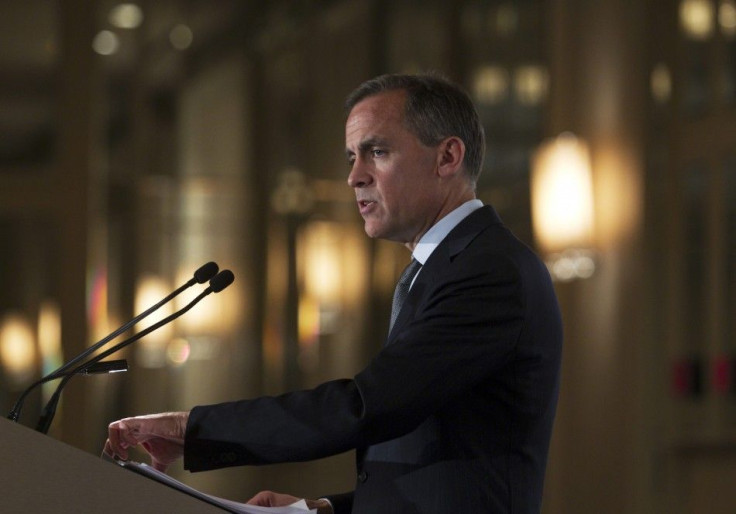Jobless rate unexpectedly rises in November

Canada's economy unexpectedly lost jobs for a second straight month in November, raising concern that weakness in other countries may do lasting harm to an economy that has so far been surprisingly robust.
Net job losses totaled 18,600 jobs in the month following a hefty 54,000 drop in October, Statistics Canada said on Friday, pointing to a poor economic performance in the final quarter of the year.
That pushed the unemployment rate back up to 7.4 percent, the highest level since June, from 7.3 percent in October.
It also raised the specter that Canada is entering a period of high joblessness similar to that seen in the United States, perhaps forcing the government to reopen its stimulus program. The figures will also encourage the Bank of Canada to keep interest rates on hold at its rate announcement on Tuesday.
Analysts surveyed by Reuters had forecast, on average, a gain of 19,100 jobs in November with the unemployment rate holding steady.
What's a bit troubling with this number is that it's now the second month in a row of job losses in Canada and totals over 72,000 in the last two months. The trend looks to be reversed, said Blake Jespersen, director of foreign exchange sales at BMO Capital Markets.
If we see a third job loss in a row, I think that is very troubling for Canada, he said.
The Canadian dollar weakened to C$1.0131 against the greenback, or 98.71 U.S. cents, from around C$1.0089 versus the U.S. dollar, or 99.12 U.S. cents, just before the data. It recovered briefly before turning downward again.
Official data shows that a smaller proportion of Canadians than Americans lost their jobs during the recession and Canada's unemployment rate was about 2 percentage points lower than the U.S. rate during most of the recovery, to the relief of Canadian policymakers.
By January, the economy had recovered all the jobs lost during the downturn and employment remains well above its pre-recession peak despite the poor figures for the last two months.
There were signs of underlying strength in the November report, with the creation of jobs in the private sector, most of them full time, and a big jump in average wages.
But the European debt crisis and the potential fallout on the global economy has undermined business confidence and the outlook for jobs is shaky. Meanwhile, U.S. employment picked up speed in November and the U.S. jobless rate dropped to a 2-1/2 year low of 8.6 percent.
Generally November was filled with positive data surprises for the Canadian economy, including Q3 GDP, but the fear is what's coming ahead, said Camilla Sutton, chief currency strategist at Scotia Capital. So having two disappointing jobs numbers in a row will certainly concern the Bank of Canada and keep the expectations for the bank (on interest rates) fairly dovish.
The central bank is expected to keep its key rate on hold at 1 percent when it announces policy on Tuesday at 9 a.m., its final monetary policy decision of the year.
(The employment data) feeds into the more dovish stance, (which) has been built on the external environment as opposed to the domestic environment, Sutton said.
Economists expect the bank hold the key overnight rate where
it is until the fourth quarter of next year, while traders have priced in a cut at some point next year.
The private sector did most of the hiring in November, and the new jobs were in higher-paying goods-producing industries such as construction, while payrolls shrank in services such as retail and wholesale trade.
This helped boost wages by 2.6 percent in November year-on-year, compared with just a 1.3 percent gain in October, as measured by the average hourly wage of permanent employees.
© Copyright Thomson Reuters 2024. All rights reserved.





















